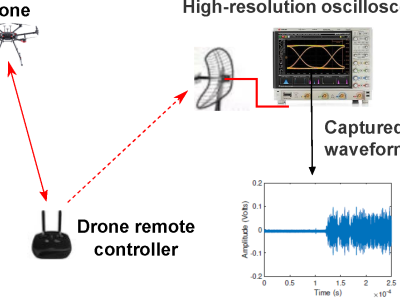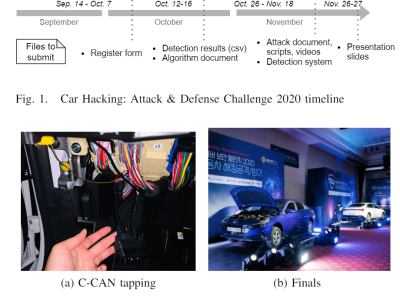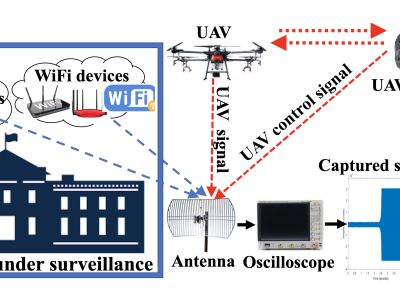Map Matching Dataset

- Citation Author(s):
-
Youliang Chen (JiangXi University of Science and Technology)Wei Li (JiangXi University of Science and Technology)Shiteng Wang (JiangXi University of Science and Technology)Hongchong Li (JiangXi University of Science and Technology)
- Submitted by:
- Youliang chen
- Last updated:
- DOI:
- 10.21227/cy3f-xb74
- Data Format:
 439 views
439 views
- Categories:
- Keywords:
Abstract
The GPS track data comes from the open datasets provided by Open ITS Open Alliance, and two open datasets provided by this organization are used in the experiment. The GPS track dataset1 was collected from the experimental road near Zhongshan University in Guangzhou, China, and dataset2 is located in the north-central region of Dongguan, China. The original GPS data contains several sampling frequencies (time intervals), from 10s - 360s. The city road network data used in the experiment is derived from the wiki map of the open-source project OSM. The city road network data within the corresponding latitude and longitude range are extracted according to the area where the GPS track is located.
Instructions:
We performed the preprocessing operations such as sorting, deduplication, and cleaning on the original GPS trajectory data. Due to factors such as sampling frequency and sampling length, the interval between the obtained vehicle trajectory data points is minimal, the data points are relatively dense, and the data points have the same information. To improve the efficiency of the algorithm, we need to dilute the trajectory while ensuring the trajectory does not change. We use the Douglas-Peucker algorithm to dilute the original trajectory data. The Douglas Pucker algorithm approximates polygons or curves as a series of points, reducing intermediate points through some processing steps.









helpful!
helpful